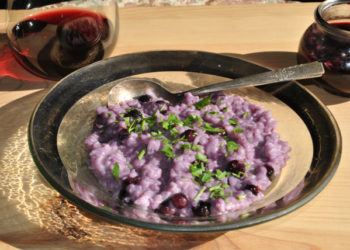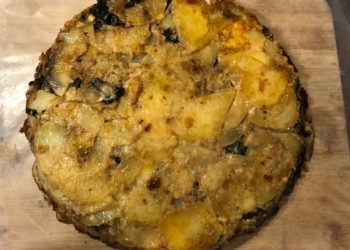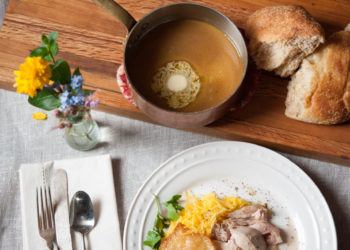Poke, often called Hawaii’s soul food, is everywhere in the islands, in home kitchens, in delis and supermarkets, at casual bars and high-end restaurants. And its popularity has traveled. Many Sonoma County restaurants, especially those that focus on sushi, serve both traditional and contemporary versions.
There are scores of recipes for poke, many of them from the poke festivals that have been held in Hawaii for more than a decade. The vast embrace of poke now encompasses cooked as well as raw tuna, raw and cooked salmon, fried marlin, octopus, squid, shrimp, crab, limpets, scallops, snails, surf clams, raw and cooked lobster, seared beef, raw beef liver and all manner of fruits, vegetables, herbs and spices.
Even “poke” made of tofu has become very popular and is sold in many markets alongside traditional poke.
Poke may be served on top of a salad; folded into a salad; mixed with mayonnaise and served as a sandwich; mixed with tomatoes and served as a salsa; fried and served alongside scrambled eggs and tossed with noodles.
Chef Sam Choy’s Poke Festival, held in the fall at Oahu’s Turtle Bay Resort, takes place over three days and draws not hundreds but a couple thousand entries from several countries. Chef Choy, Hawaii’s best known chef and food personality, has written two books about poke, offering several dozen variations on the simple theme. Fishermen love his recipe for what is called “Sam Choy’s World-Famous Fried Marlin Poke,” which combines the fried fish with shoyu sauce, white and green onions, seaweed and sesame oil; it is served on a bed of bean sprouts, cabbage or greens.
In the end, much of this is about semantics, of course, the application of a term to combinations of foods that could easily be called something else. It is an interesting evolution of a dish so much a part of a culture that recipes did not even begin to appear in Hawaiian cookbooks until the 1970s. People just made it and that’s what you should do, too, once you learn the basics.








